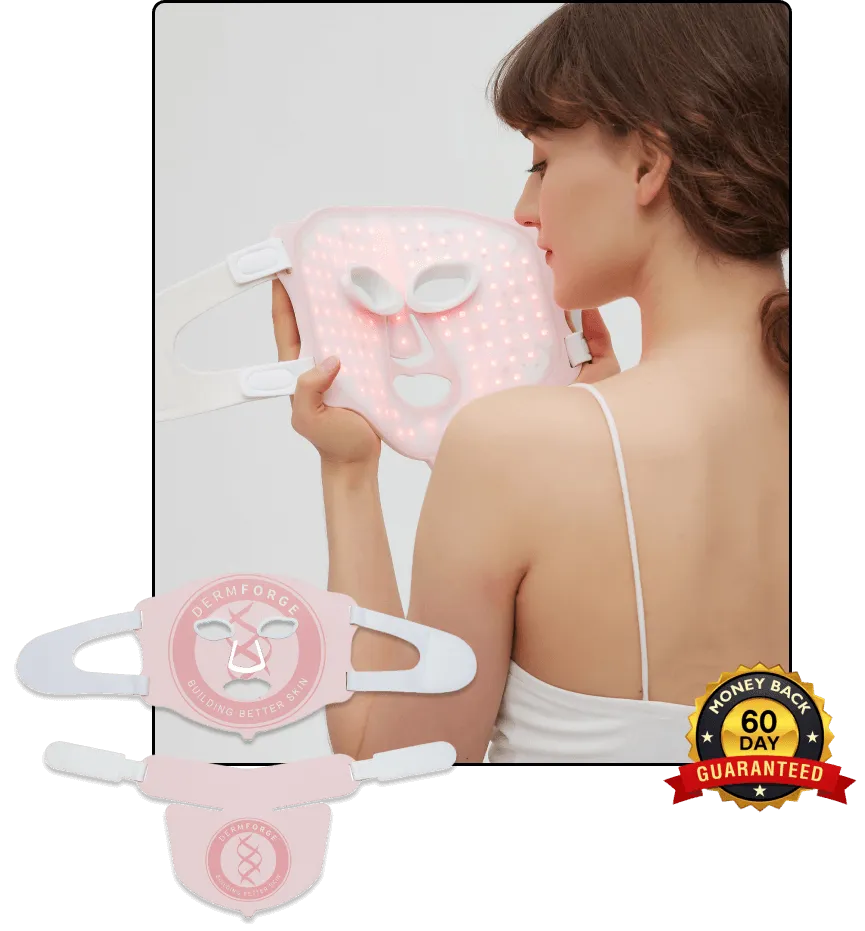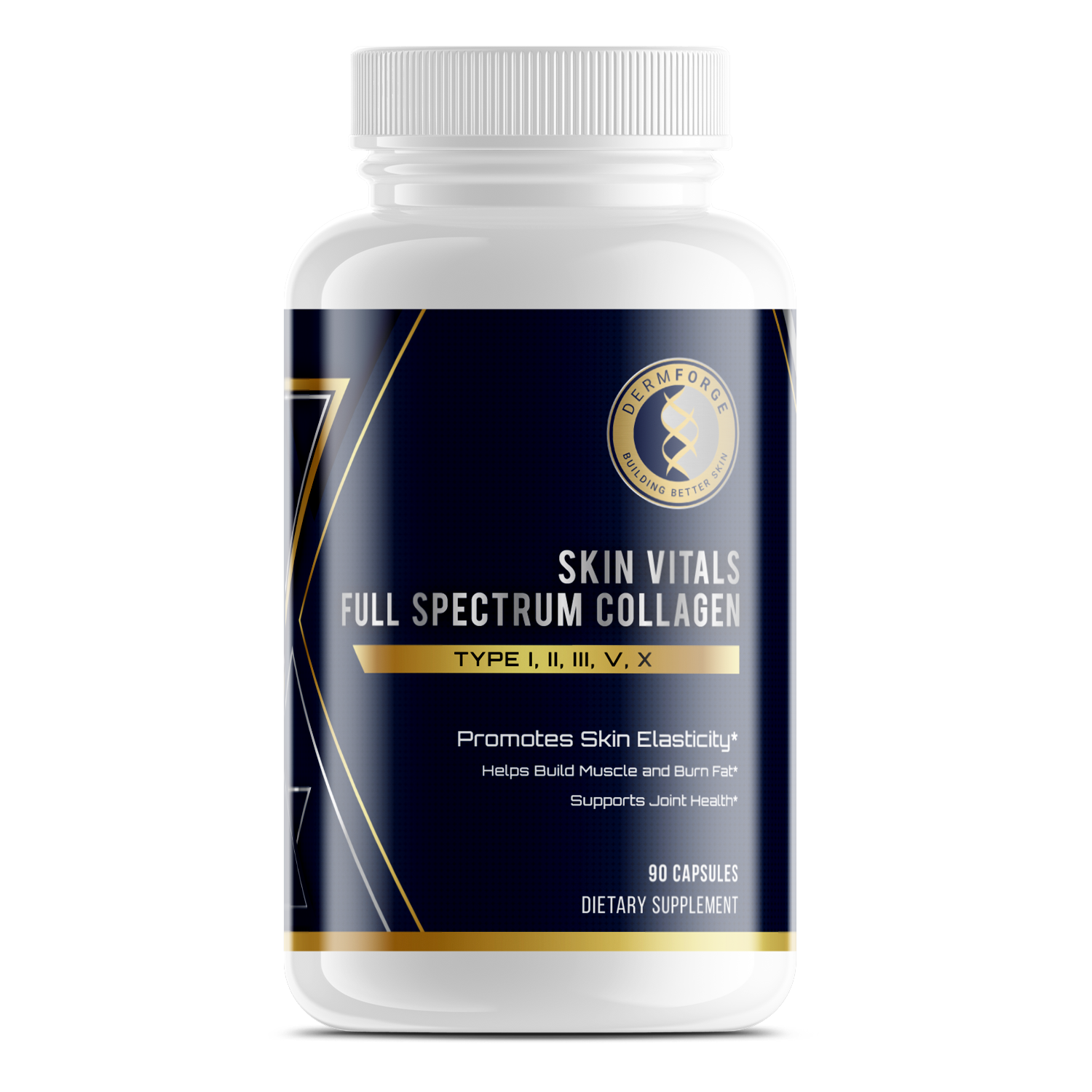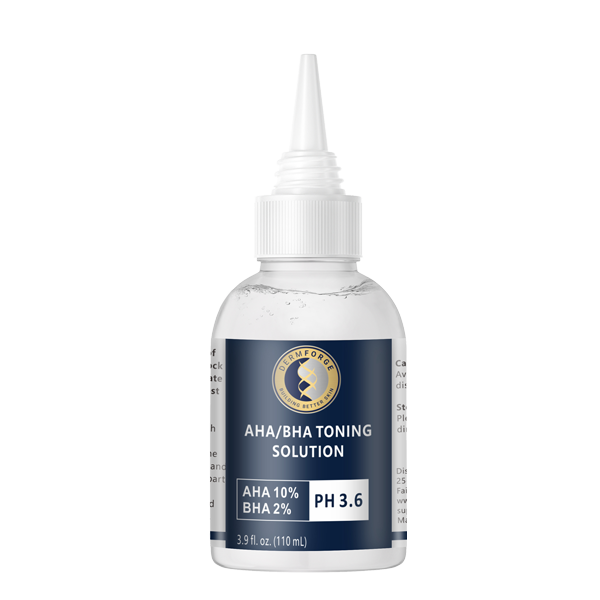Retinol face serum has become a staple in modern skincare routines for its proven ability to transform skin over time. Known for its versatility, retinol addresses common concerns like fine lines, uneven tone, and breakouts. It works by promoting cell turnover and boosting collagen, resulting in smoother, healthier skin.
Incorporating retinol into your routine requires a thoughtful approach, especially if you're new to this ingredient. Starting slowly and using supportive products helps minimize irritation and maximize results. With the right concentration and proper use, retinol can benefit all skin types.
As you explore the benefits of a retinol face serum, understanding how it works is key to achieving noticeable improvements. Combining consistent use with protective habits, like sunscreen application, ensures your skin stays healthy and radiant. Taking these steps makes retinol a valuable addition to your skincare regimen.
What is Retinol and How Does it Work?
Retinol is a derivative of vitamin A that has become a popular ingredient in skincare. It is known for its ability to improve skin texture and reduce the appearance of fine lines. Retinol works by promoting cell turnover, encouraging older skin cells to shed more quickly. This process reveals newer, healthier cells and gives your skin a smoother appearance.
When you apply a retinol face serum, it penetrates deep into your skin layers. It stimulates the production of collagen, a protein that maintains skin firmness and elasticity. Over time, this can soften wrinkles and improve your skin's resilience. Retinol also helps unclog pores and reduce acne, making it a versatile choice for different skin types.
As you use retinol, you may notice a brighter and more even skin tone. It can help fade dark spots and reduce redness, contributing to a healthier complexion. Regular use of a retinol face serum can provide visible results, but it's essential to start gradually to avoid irritation. Transitioning into a consistent routine will allow your skin to adapt while minimizing sensitivity.
Benefits of Using Retinol Face Serum
Using a retinol face serum offers several benefits that can improve the overall health and appearance of your skin. It is widely recognized for its anti-aging properties, as it reduces the appearance of fine lines and wrinkles over time. By boosting collagen production, it helps maintain skin firmness and elasticity, giving you a smoother, younger-looking complexion.
This serum also enhances your skin's texture and tone by accelerating cell turnover. As older skin cells are replaced, your skin looks brighter and feels softer. Regular use can help reduce the appearance of dark spots and discoloration, contributing to a more even complexion.
For those struggling with acne, retinol face serum can be an effective solution. It unclogs pores, reducing the formation of blackheads and whiteheads. Additionally, it helps minimize the appearance of enlarged pores, leaving your skin looking more refined. These combined benefits make retinol a versatile addition to your skincare routine. With consistent use, you can see improvements in both the texture and clarity of your skin.
How to Use Retinol Face Serum for Best Results
To get the best results from a retinol face serum, start slowly and use a product with a lower concentration. This helps your skin adjust and reduces the chance of irritation. For beginners, applying the serum every other night is a good way to introduce it into your routine without overloading your skin.
Always perform a patch test before using retinol on your face. Apply a small amount to a discreet area of skin and wait 24 hours. This helps you identify any sensitivity or allergic reaction. Skipping this step can lead to unnecessary discomfort if your skin is reactive.
Incorporating retinol into your skincare routine is simple with the right approach. Begin by cleansing your face and allowing it to dry completely. Then, apply a pea-sized amount of the serum evenly across your face, avoiding the eye area. Follow up with a moisturizer to keep your skin hydrated and to minimize any dryness. It’s best to use retinol at night, as it can make your skin more sensitive to sunlight.
Consistency and patience are key when using a retinol face serum. Gradually increase the frequency as your skin becomes more tolerant. Always apply sunscreen during the day, as retinol can increase your skin’s sensitivity to UV rays. With regular use, you’ll notice visible improvements in your skin’s texture and tone over time.
Common Myths and Misconceptions About Retinol
There are many myths surrounding retinol, but understanding the facts can help you use a retinol face serum confidently. One common concern is skin peeling, which is often misunderstood. Peeling can happen when retinol speeds up cell turnover, but this effect is temporary. Using a moisturizer regularly can help reduce dryness and discomfort as your skin adjusts.
Another misconception is that retinol makes your skin thinner. In reality, it does the opposite. Retinol strengthens the deeper layers of your skin by boosting collagen production. However, it does increase sun sensitivity. Always use sunscreen during the day to protect your skin and avoid irritation.
Many believe retinol is too strong for sensitive or dry skin types, but this isn’t true. A retinol face serum can work for all skin types when introduced gradually. Starting with a low concentration and spacing out applications helps prevent irritation. With time and proper use, sensitive skin can tolerate and benefit from retinol.
Overuse is another myth often linked to retinol. Applying more product or using it more frequently doesn’t improve results faster. Instead, it increases the risk of redness and irritation. Sticking to recommended amounts ensures better outcomes and keeps your skin healthy. By addressing these myths, you can make the most of retinol and achieve noticeable skin improvements.
Choosing the Right Retinol Serum for Your Skin Type
Choosing the right retinol face serum for your skin type can make a big difference in how well it works. Formulations vary, and each type has unique benefits. Serums are lightweight and penetrate deeper, making them ideal for oily or combination skin. Creams are more hydrating, which suits dry or sensitive skin types better.
Concentration levels also matter when selecting a retinol product. If you have sensitive skin, start with a low concentration like 0.25%. This reduces the risk of irritation while allowing your skin to adjust. Oily skin often tolerates higher concentrations, so a serum with 0.5% to 1% retinol might be more effective. For mature skin, a higher-strength product may be helpful for targeting wrinkles and uneven texture.
Pay attention to additional ingredients when choosing a retinol product. Many serums include hydrating or soothing agents, like hyaluronic acid or glycerin, to balance retinol’s effects. These extras can enhance your results and make the product gentler on your skin. Selecting the right retinol face serum tailored to your needs ensures you’ll see noticeable improvements without unnecessary irritation. Transitioning gradually and monitoring your skin’s response can help you get the most out of your choice.
Safety Tips and Precautions for Retinol Use
Using a retinol face serum comes with responsibilities to protect your skin and avoid unnecessary irritation. Sun protection is essential when using retinol, as it increases your skin’s sensitivity to UV rays. Always apply a broad-spectrum sunscreen during the day to reduce the risk of sunburn and long-term damage. This step ensures that retinol delivers benefits without compromising your skin’s health.
There are certain times when you should avoid retinol altogether. Pregnant or breastfeeding individuals should steer clear of retinol products, as they may pose risks to the baby. If your skin is healing from a recent procedure or is extremely irritated, it’s best to pause retinol use until your skin recovers.
Pairing your retinol face serum with other skincare products can improve comfort and results. A gentle moisturizer used after applying retinol helps soothe dryness and supports your skin’s barrier. Avoid combining retinol with exfoliants or other strong active ingredients like benzoyl peroxide, which can cause irritation. With proper precautions and thoughtful product choices, retinol can become a safe and effective part of your routine. Transitioning slowly and monitoring your skin will help you achieve the best results while minimizing potential side effects.
Conclusion
Incorporating a retinol face serum into your skincare routine can significantly improve your skin’s appearance and health. With consistent use and the right precautions, you can reduce fine lines, improve texture, and target acne effectively. Transitioning slowly and combining it with supportive products like moisturizers helps your skin adjust comfortably.
Always protect your skin with sunscreen to maximize the benefits of retinol while minimizing potential irritation. Pay attention to how your skin responds and adjust your routine as needed. Choosing the right serum and using it correctly ensures you’ll see long-lasting improvements.
A retinol face serum is a powerful tool when used thoughtfully. By following these tips and understanding your skin’s needs, you can enjoy a clearer, smoother complexion. Retinol offers a path to healthier skin, making it a valuable addition to your skincare routine.






